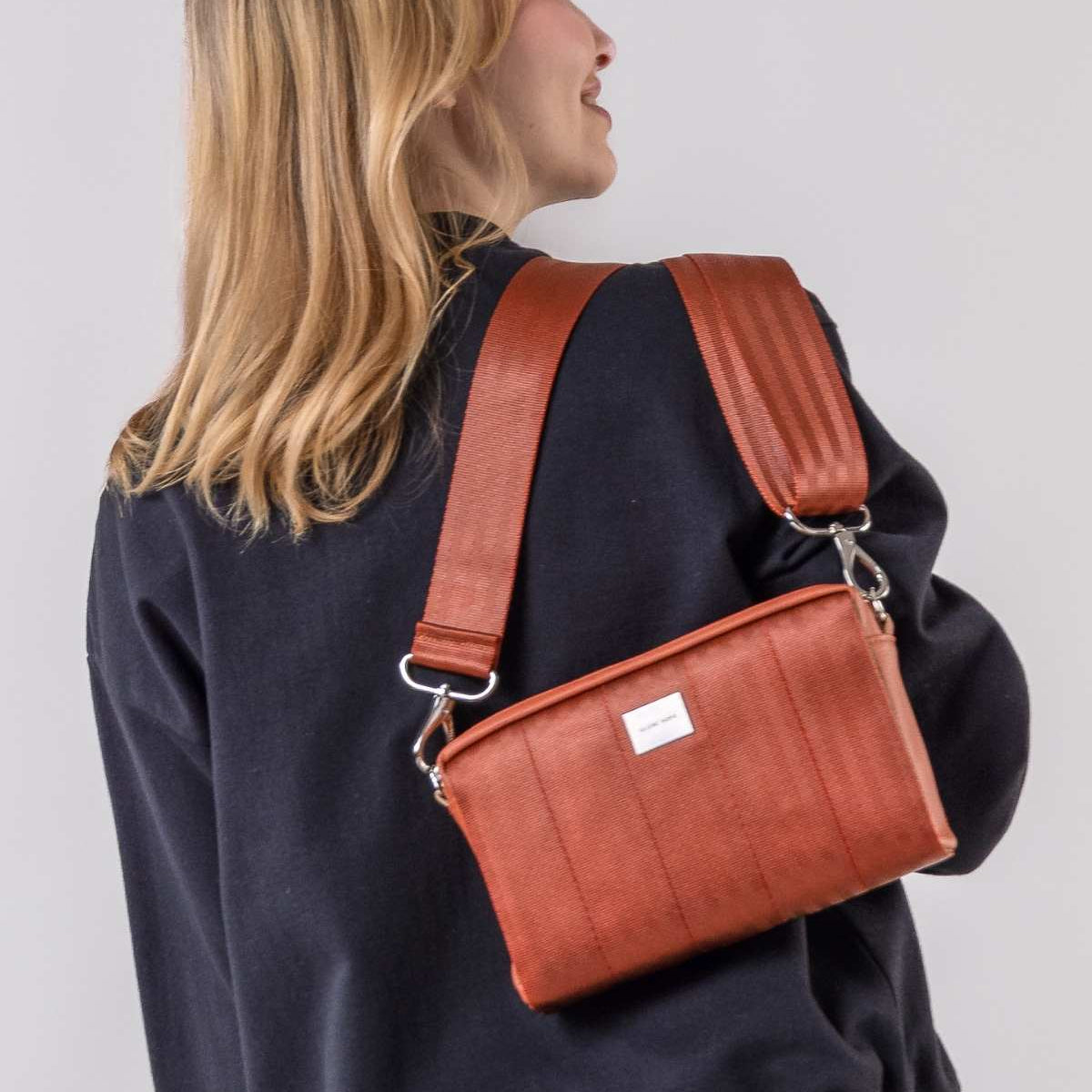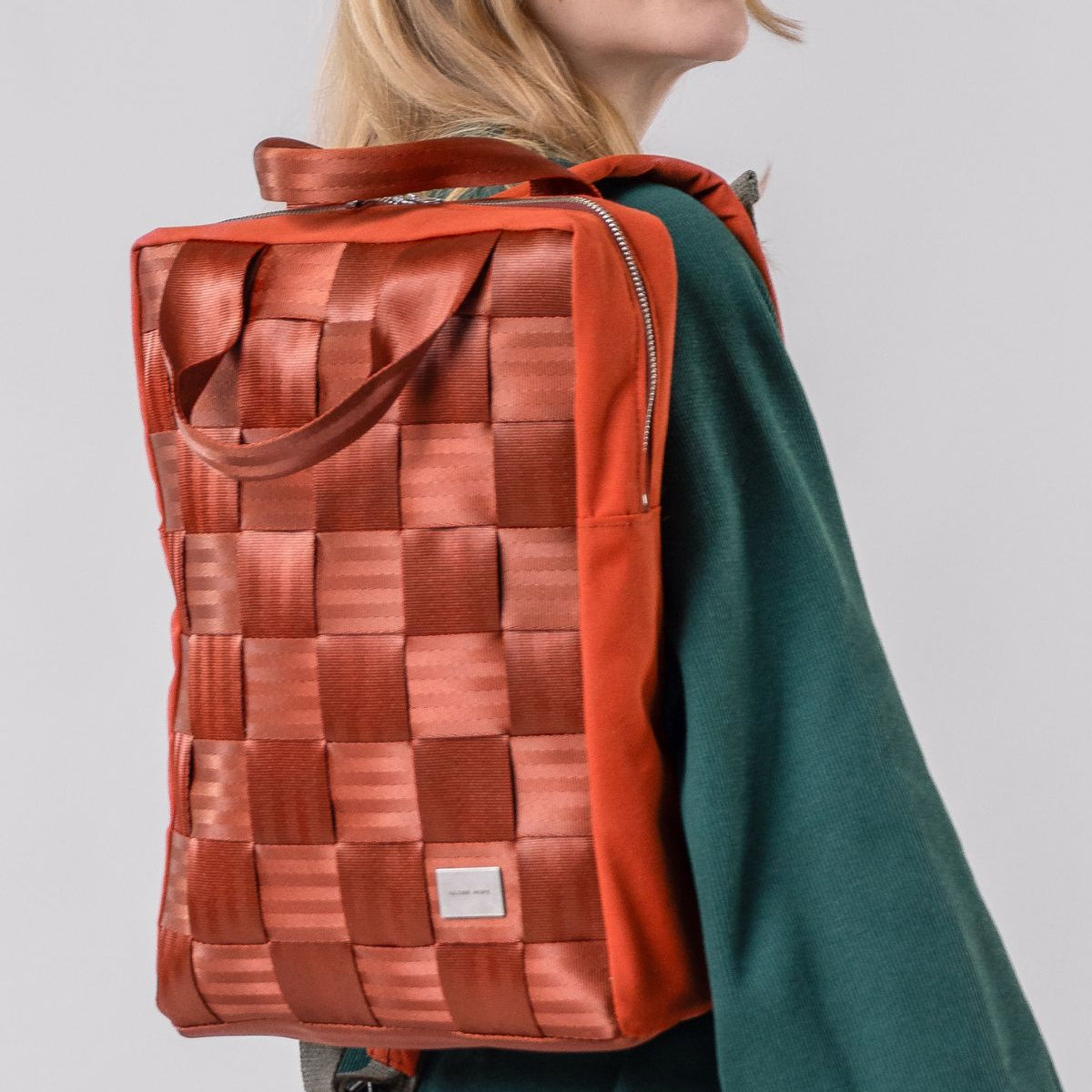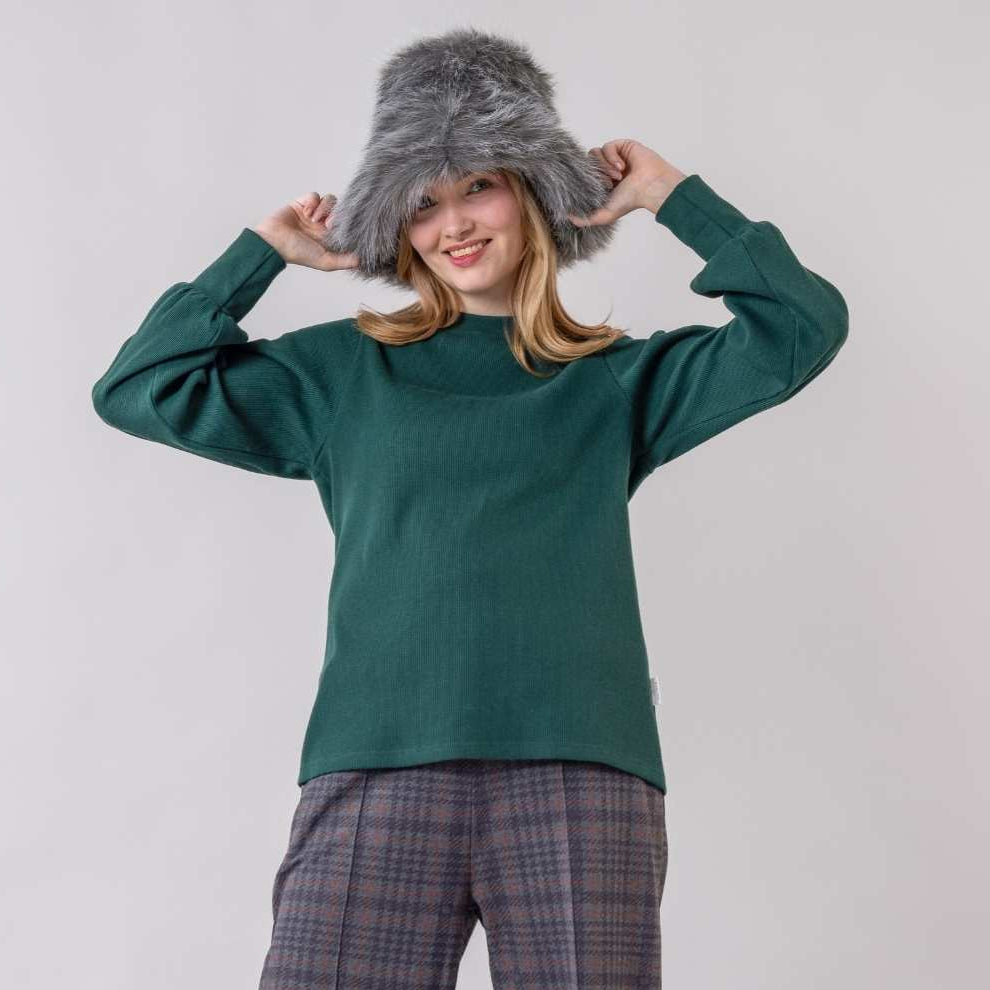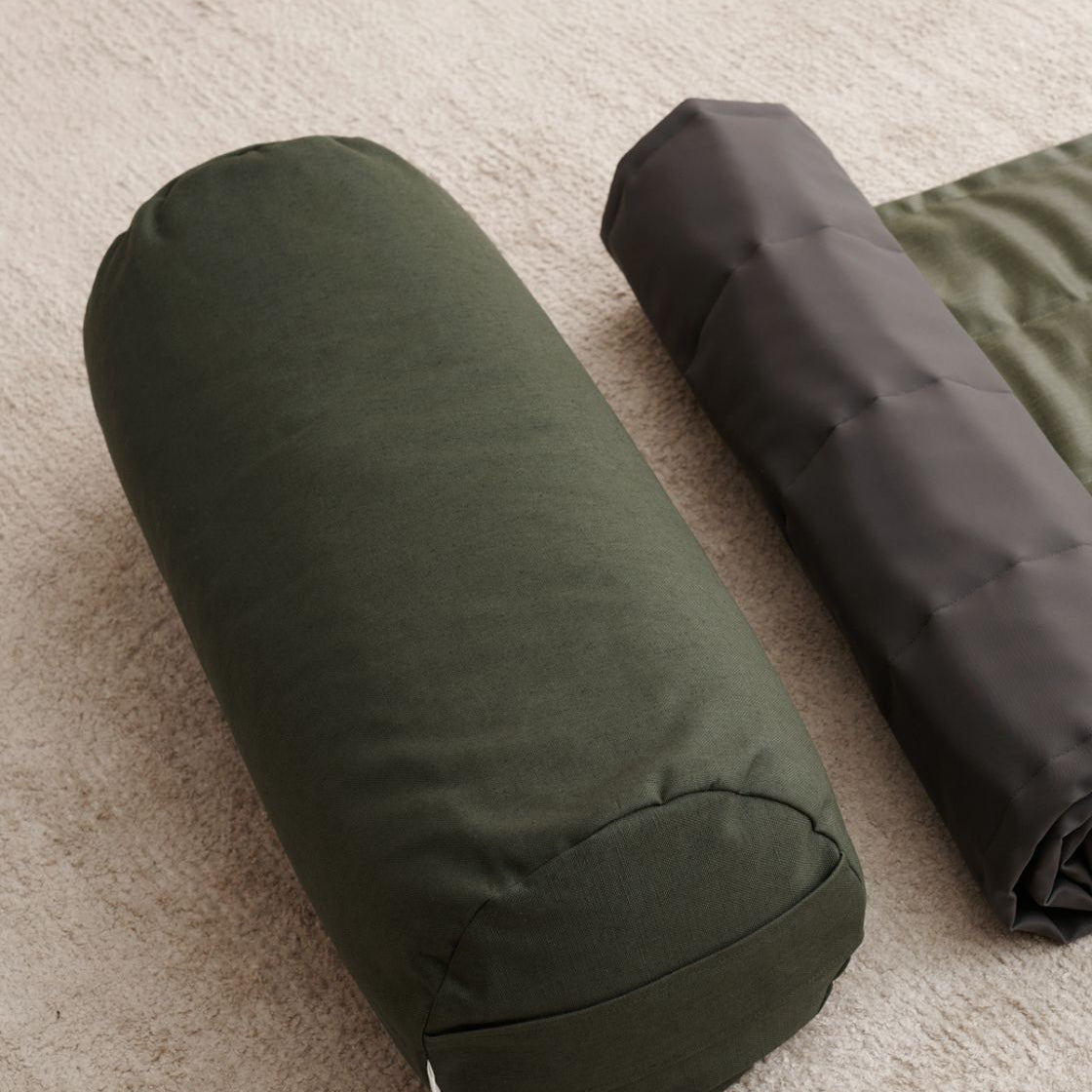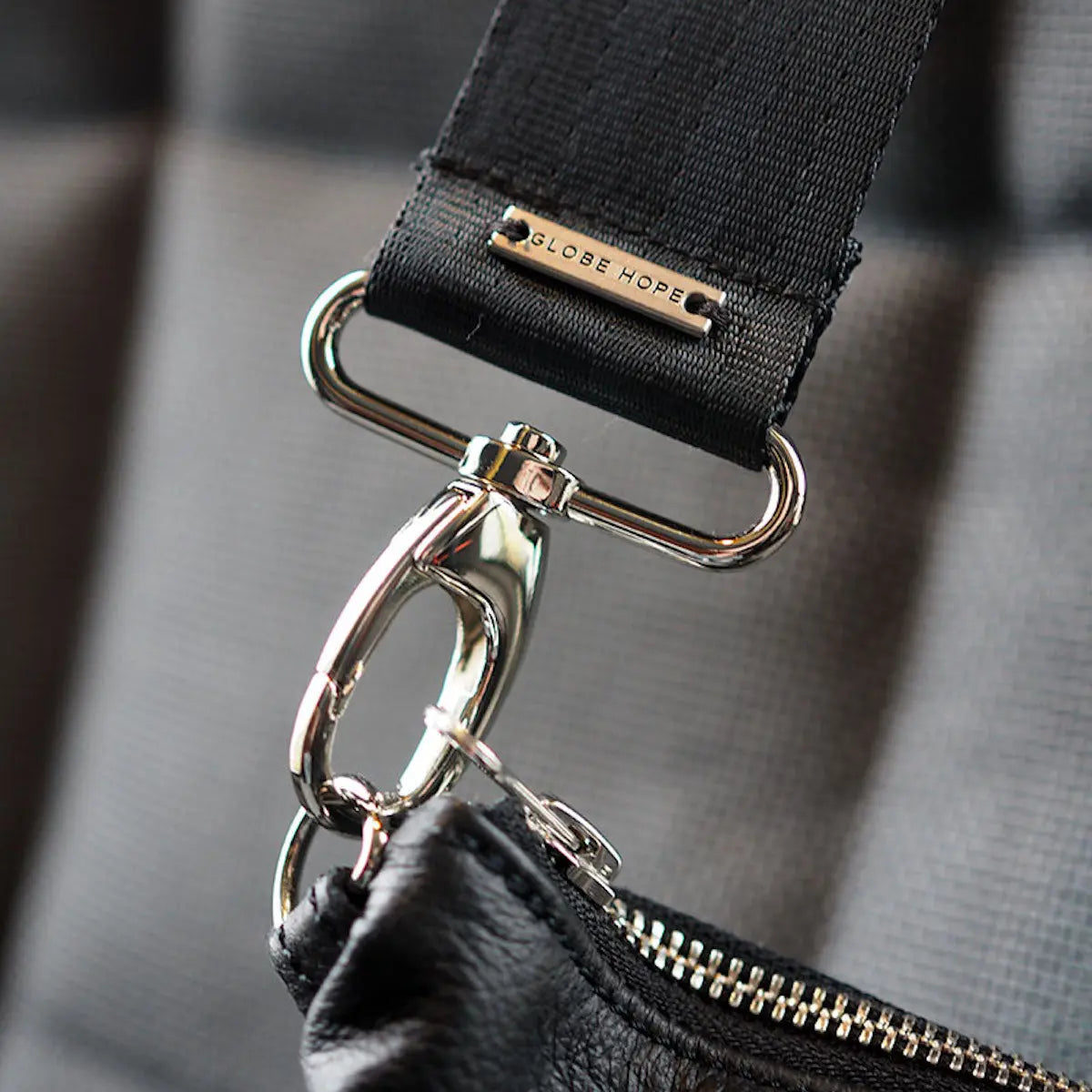Care instructions for materials
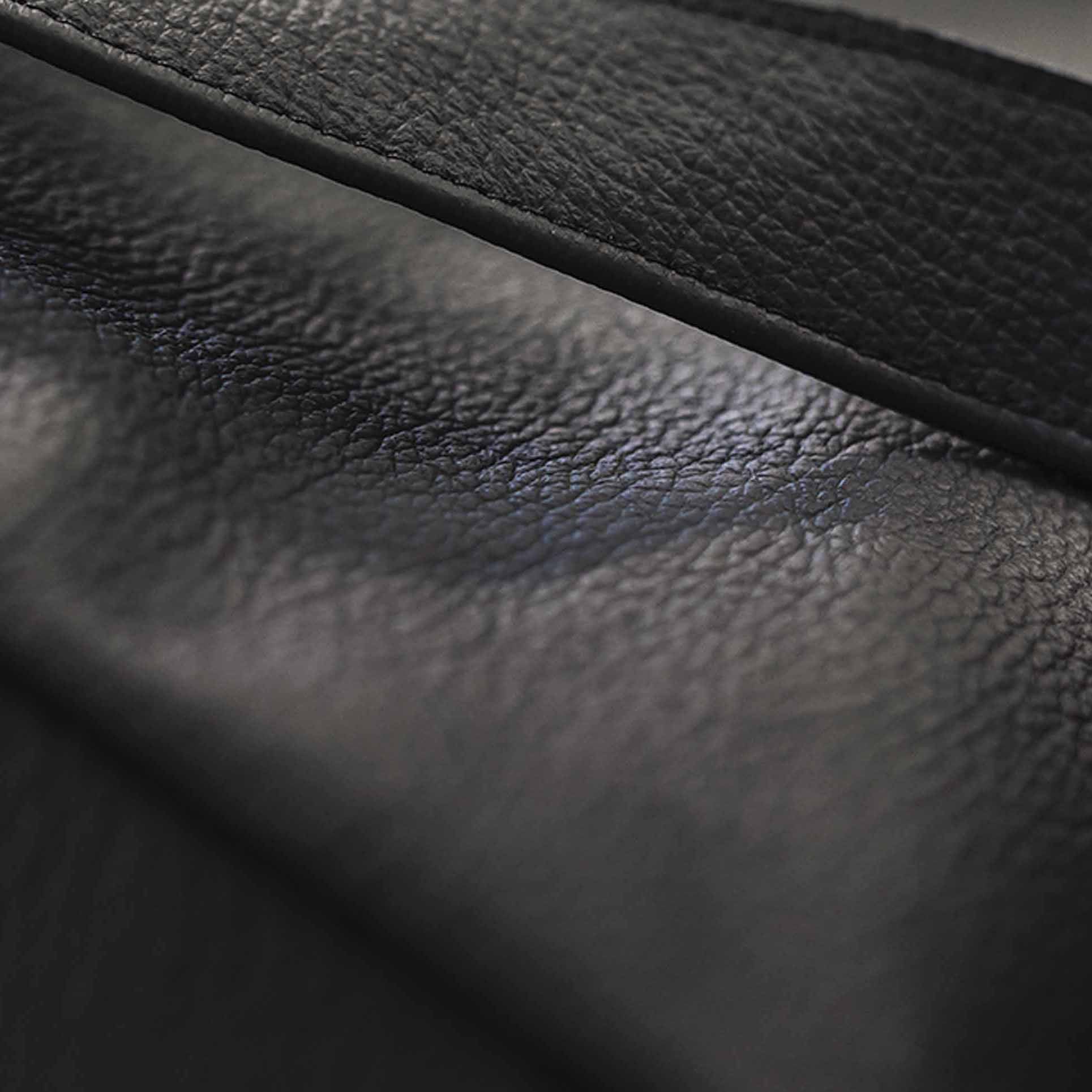
Leather
Leather is a natural material, with surface irregularities and slight colour differences. A genuine leather product may also lose colour when wet. Leather may stretch if the bag is overweight or overpacked. Treat your new bag with a moisture protection spray.This will protect the bag from moisture or dirt. Treat the bag regularly with a moisturising conditioner.
Handle your leather bag with clean hands to avoid grease spots. If stains do occur, remove them as soon as possible with a cotton cloth.Avoid excessive water, but use a soap suitable for leather, such as Marseille Ecological Soap. You can also brush the nubuck leather with a nubuck brush.
If your bag gets wet, leave it to dry in peace and shelter from direct sunlight. Once dry, you can treat it with a moisturising conditioner. Never scrub a wet bag, as rubbing can damage the surface of the leather.
Fill an unused leather bag with bubble wrap or other soft padding to keep its shape and avoid leaving folds in the leather. Store the bag in a bag or inside a cotton pillowcase, for example.
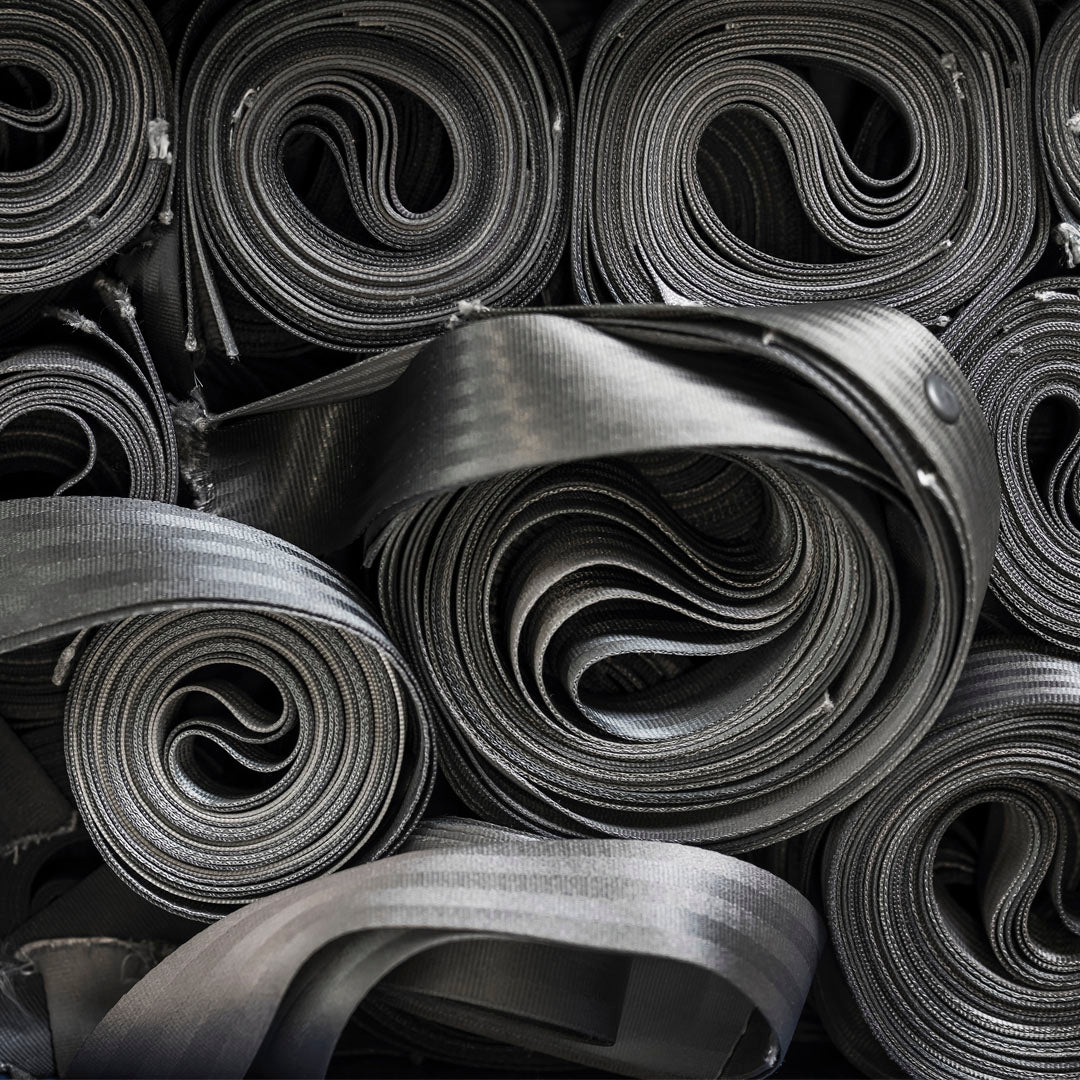
Seat belt
Some of our seat belt products include leather in addition to the seat belt. In this case, please follow the care instructions for the leather product. If your product consists of a seat belt and a surplus fabric (cotton or blended), you can hand wash the product in water at around 40°C.
Individual stains can be removed by brushing or with a damp cloth, for example with bile soap. However, avoid hard rubbing and coarse-bristled brushes, as excessive rubbing can cause the fibres of the belt to break.
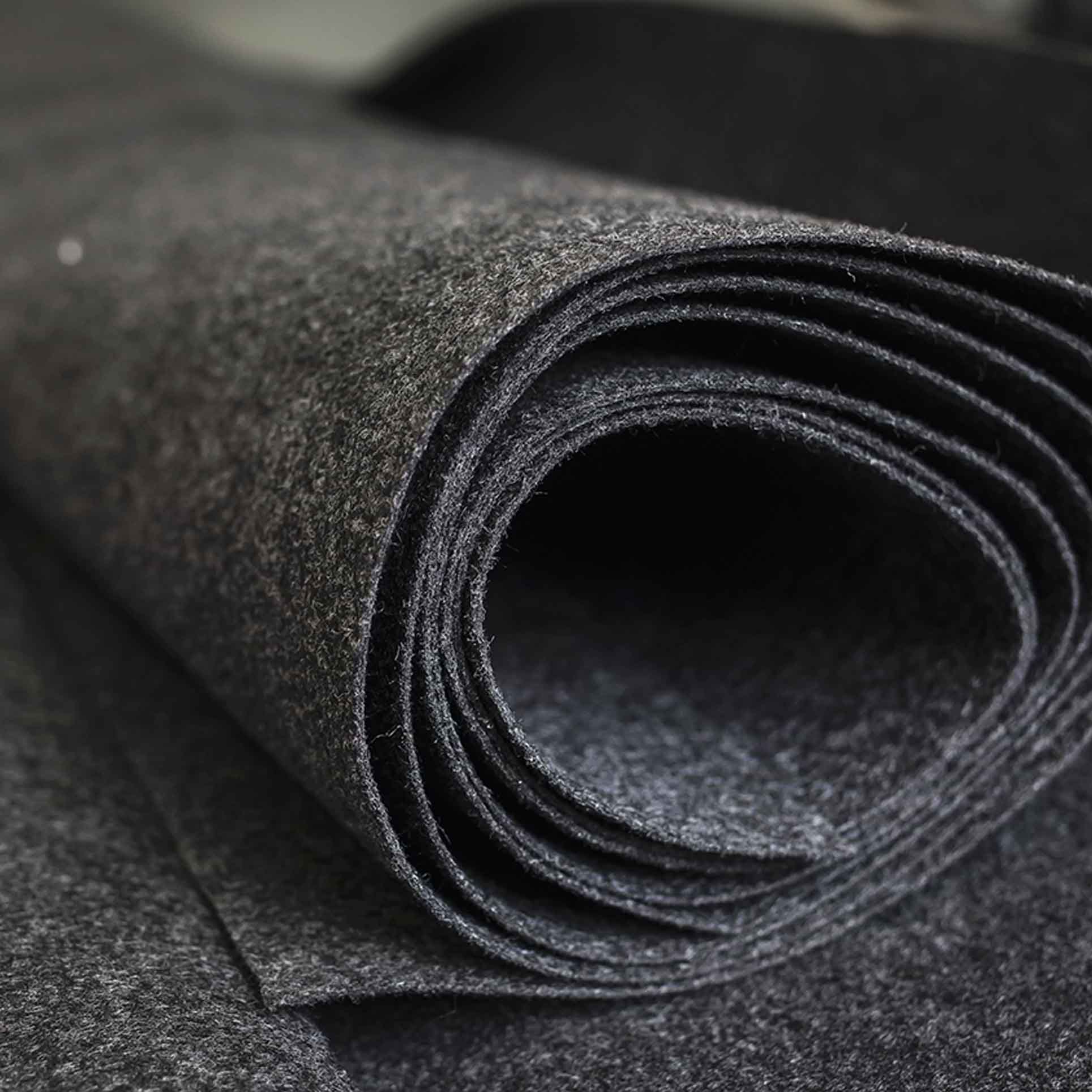
Fair carpet
The exhibition carpet products are made from recycled exhibition carpet. The material is not resistant to abrasion, but can be vacuumed to remove debris stuck to the surface or sprayed clean with lukewarm water. Leave the bag to dry flat, out of the sunlight.
Exhibition carpet is not resistant to high temperatures, so it should not be left to dry too warm. Do not iron the carpet.
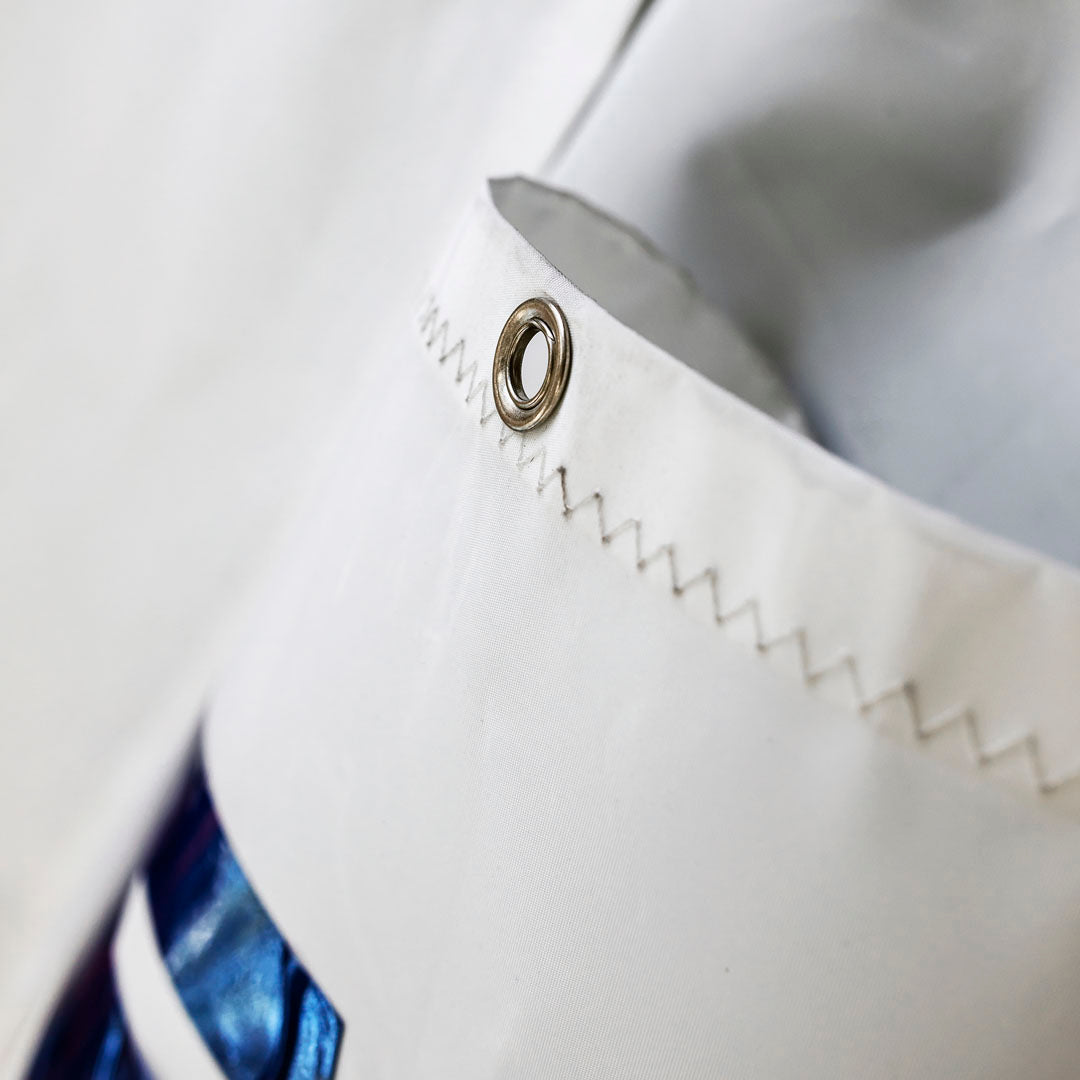
Sail
For our sailing products, we use both discarded recycled sails and 2 quality sailcloth that is not suitable for sails.
Sail products can be cleaned by wiping with a damp cloth, soft brush or sponge . Most of our sail products can also be hand washed at 40°C. However, some products have leather parts, such as bag handles, which require a moisturising treatment after washing. The leather parts may also lose colour during washing, which will adhere to other parts of the product.

Artificial turf
Artificial turf products should be aired regularly to prevent dust accumulation. Most stains can be removed from artificial turf by wiping locally. If an artificial turf bag needs washing, it can be hand washed in 40°C water . If the bag contains leather parts, please follow the instructions for leather care. Leather can also release dye when it gets wet, which can stick to other parts of the bag.
You can also blow-dry your artificial turf bag on a cool setting if you want it to be fluffier.

Canvas knapsacks
In our fabric knitwear, we often use cotton and cotton blend fabrics, such as military bag fabrics and surplus fabrics. The fabric is resistant to machine washing at 40°C, but metal parts can be damaged in the machine wash and at the same time wear out other textiles in the machine. That is why we recommend hand washing for knick-knacks. Individual stains can be removed by brushing or with a damp cloth, using for example bile soap.
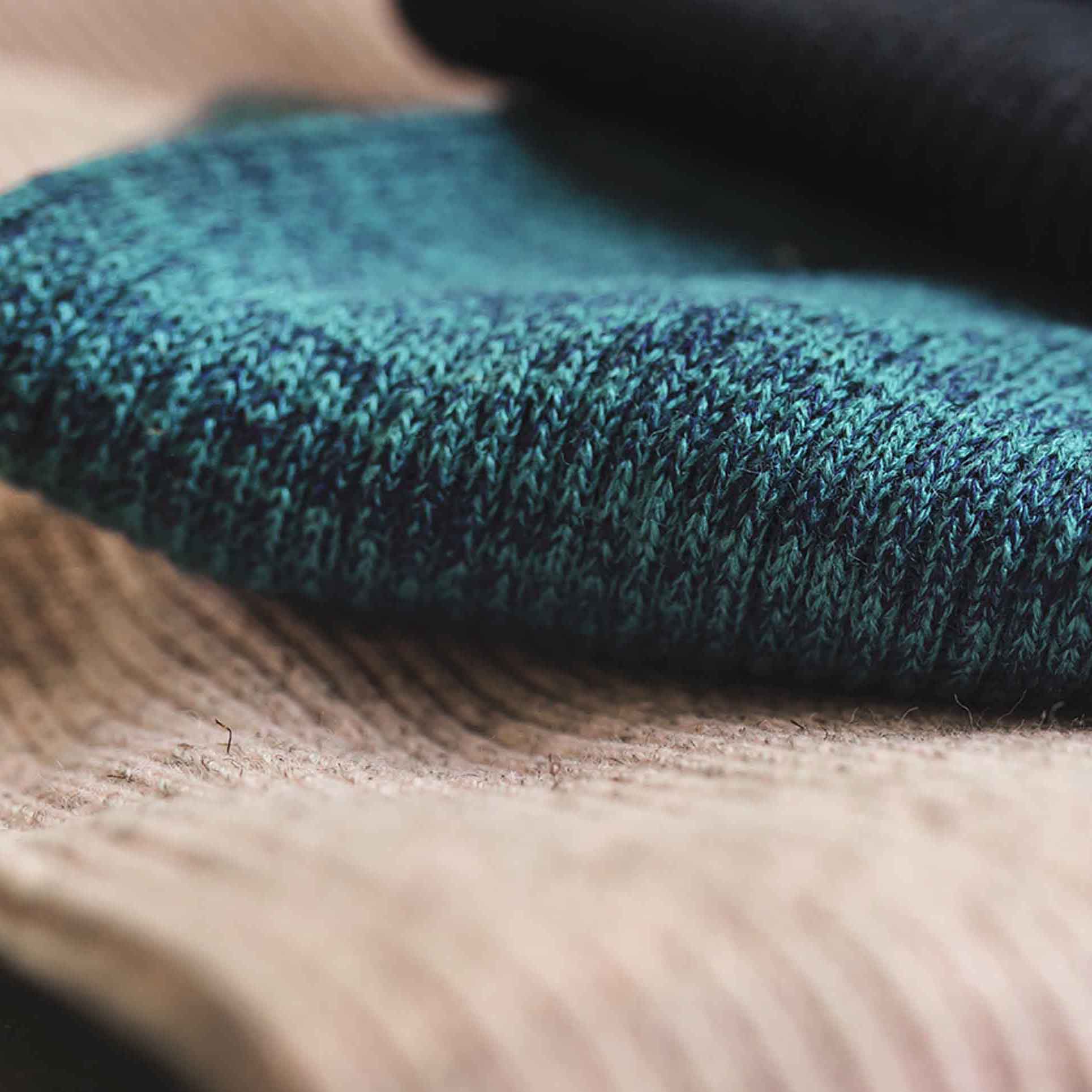
Peat wool
Peat wool products are made from a peat-wool mixture. The peat yarn we use is a stock surplus from the Finnish company Kultaturve, and we use acrylic yarn to reinforce the knitted fabric.
Wind the peat wool product regularly, which also extends the washing interval. However, if the product needs washing, we recommend hand washing. When damp, shape the product to its correct shape, as peat wool can change shape during washing. For example, a hat should be stretched to the correct length when damp.

Clothing made from recycled yarn
Globe Hope's garments are made from recycled yarn, which consists of approximately 60% cotton waste from the textile industry and 40% recycled plastic bottles (recycled polyester) (see product-specific material description for more details). This innovative yarn is the result of careful development, and its cotton/polyester ratio has been chosen to make the yarn as durable as possible. However, recycled fibre is not quite the same as yarn made from virgin materials, which is why it is important to take extra care of your garment.
Air your garment often to extend the washing cycle . Only machine wash your garment when stains or odours cannot be removed by airing or hand-washing. In this case, machine wash the garment at 40°C. Use a low spin cycle and wash the garment inside out. Avoid washing at the same time as garments with sharp metal parts such as zippers. Hard spinning and abrasive metal parts will wear the garment and contribute to linting.
Shape the washed garment while damp and dry it in a sheltered place out of sunlight. Do not tumble dry. Iron the dry garment on the wrong side of the fabric. Do not iron raised patterns (3D-Terra logo).
To reshape the 3D raised pattern after washing, place the garment on a flat surface and gently pat the pattern back into shape by hand. You can also use the steam of an iron, but don't touch the pattern with a hot iron.
If the garment becomes fluffy, use a lint remover or a lint comb. Do not tear the lint off with your fingers.

